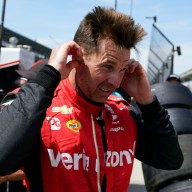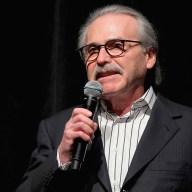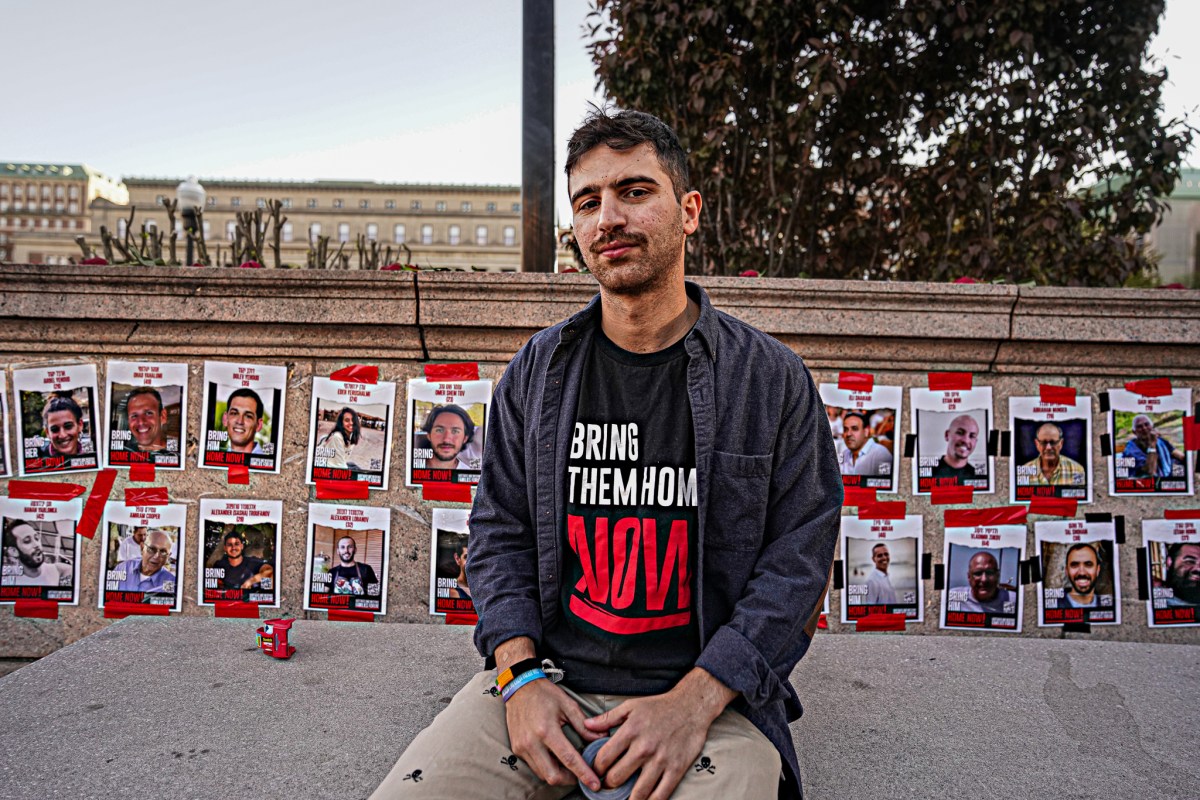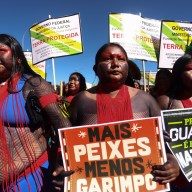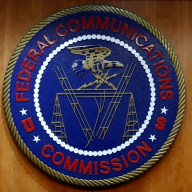 Legendary filmmaker Peter Bogdanovich plays a patriarch in the dysfunctional family dramedy “Cold Turkey.”
Legendary filmmaker Peter Bogdanovich plays a patriarch in the dysfunctional family dramedy “Cold Turkey.”
Credit: Getty Images
Peter Bogdanovich started as an actor. As a youth, he studied with the legendary Stella Adler. But he wound up sidetracked, first by cinephilia: He became a ravenous filmgoer, and released his first book — on his to-be-friend Orson Welles — in 1961 at all of 22 years old. Then he became an interviewer of other great filmmakers, like John Ford and Howard Hawks. Then he became a star filmmaker, who at one point had the two biggest hits in the nation — “The Last Picture Show” and “What’s Up, Doc?” — with “Paper Moon” soon to follow. Then he became a celebrity couple, with Cybill Shepherd. Then came the backlash, with a string of massive flops or films that failed to get wide release. Then came the tragedy: His girlfriend, Playboy model Dorothy Stratten, was murdered by her husband.
Bogdanovich has come back, albeit in baby steps. One part of that was returning to acting in the late ’90s, including as Dr. Kupferberg, psychiatrist to Dr. Melfi, on “The Sopranos.” He returned to directing with “The Cat’s Meow” in 2001, but it’s taken 13 years for to get another fiction film off the ground. He is currently editing his next “picture,” as he still calls them, namely “Squirrels to the Nuts,” which was shot in New York City this summer. Made independently, which means it doesn’t yet have a distributor, it boasts an all-star cast: Owen Wilson, Jennifer Aniston, Imogen Poots, Kathryn Hahn, Will Forte, plus Shepherd and Tatum O’Neal, who he directed to an Oscar in “Paper Moon.” He describes it as “a funny picture,” and “somewhere between ‘What’s Up, Doc?’ and ‘They All Laughed,’” his bittersweet 1981 comedy also shot semi-guerilla style in New York.
For now, Bogdanovich stars in the new ensemble Thanksgiving dramedy, “Cold Turkey” — which opens at New York City’s Cinema Village on Friday and is available on VOD — playing the patriarch of a dysfunctional family that also includes Cheryl Hines and Alicia Witt.
Do you like acting?
The only thing I ever studied formally is acting. I like acting, but I sort of veered off into directing when I was in my 20s. I somewhat regret that I didn’t act more. But I’ve had a late blooming career as an actor.
You acted in your first film, “Targets.” Was that always the plan or was it just a necessity?
I had written the part for a friend of mine, who was detained in New York and couldn’t make it. So I just decided to do it myself, rather than re-casting it.
Did you get offers through the ‘70s and ‘80s to act in other people’s pictures?
I turned down a few pictures I regret turning down, like “The Big Red One” and ‘The Electric Horseman” and “Tootsie.” For various reasons I was unable to do those pictures. I regret it now. I wish I’d done them. But for various reasons I was pulled in other directions at the time.
Who did director Sam Fuller want you to play in “The Big Red One?”
The Bobby Carradine part. He offered it to me first. I was busy with my own pictures at the time.
Being a director, what is it like being directed by others as an actor? Do you tend to offer advice to younger directors, like “Cold Turkey” director Will Slocombe?
I try not to be. I try to keep my mouth shut as far as directorial suggestions are concerned. Occasionally I’ll say something because it affects me dramatically.
How does your acting background affect you when you’re directing actors?
It’s a good question, because directing is for me in a way an outgrowth of acting. Many times I will walk through the role myself in order to know what to suggest to the actor. I don’t just stand back and direct; I get into it as an actor to see what it feels like. And some actors don’t mind, and some actors ask me to tell them how I want it. It depends. Owen Wilson, for example, multiple times asked me “How would you say this?” And I’d say it and he’d say, “I see, okay.” And he’d do it that way or not. [Chuckles]
So being an actor helps.
I never studied directing, per se. I studied acting. I looked at a lot of directors’ work, from the stage and the screen. Whatever I know as a director I know from osmosis or I asked [directors] questions.
There’s a scene in your 1976 film “Nickelodeon” where John Ritter explains to Ryan O’Neal how to direct a picture, and it only takes about thirty seconds. Do you feel that’s true, that it’s that simple?
It depends. Did you see the black and white version of “Nickelodeon?”
Yeah. [The studio would not allow a black-and-white version of “Nickelodeon,” but a black-and-white and slightly longer version was released on DVD a number of years ago.]
Yeah, that’s a much better version than the color one. Black and white is much less distracting. You don’t stop and look at the actors’ eyes or hair or complexion. You’re into the performance. It’s much more intensified, the performance, whether it’s comedy or drama.
At the same time “What’s Up Doc?” is in color and that plays great.
That was a cartoon. Cartoons are in color.
Speaking of your film writing from your youth, how do you look at that nowadays? Pictures can sometimes change as one ages, and the critic/scholar Robin Wood even wrote an appendix to his “Hitchcock’s Films” decades later to point out how dramatically his perspective had changed.
To tell you the truth, I don’t spend much time thinking about it. I have a blog on the internet on Indiewire where I bring up some of the cards I kept when I was very young on certain films. I’m often surprised about how much I agree with my younger self. Sometimes I disagree, but more often I agree.
Are there filmmakers today that you’re as fanatical about as you were for directors in your youth?
Well, I like Noah Baumbach’s pictures and Wes Anderson’s picture. They’re both good directors and they’re friends of mine, so that helps. I like Quentin [Tarantino]’s pictures. They’re a little too violent for my taste, but I like Quentin. I like Alexander Payne, I think he’s very good.
This is a silly question, but do you have a favorite among your own pictures? Or do you prefer not to choose one?
John Ford used to say, “The next one.” And that’s a good answer. But I think my personal favorite is probably “They All Laughed.”
One final question: In the very last scene of John Cassavetes’ 1977 film “Opening Night,” there’s a gathering after the play and you’re there, as yourself, and you’re talking to Ben Gazzara, who seems to have dropped his character in the film and also become himself. And you suggest you two should make a picture together. And the next picture you made was “Saint Jack,” starring Gazzara. So was that a real moment captured on film?
Yeah, that’s what happened. That’s actually what happened. I’d been an admirer of Ben’s since I saw him on the stage in 1964 in New York. I had met him actually once before that, he reminded me, but I didn’t remember meeting him. We kind of connected on “Opening Night.” Fight after that I called him and said, “We’re doing a picture in Singapore and do you want to do it?” I asked him to do “Saint Jack” based on the time we had on John’s picture.

